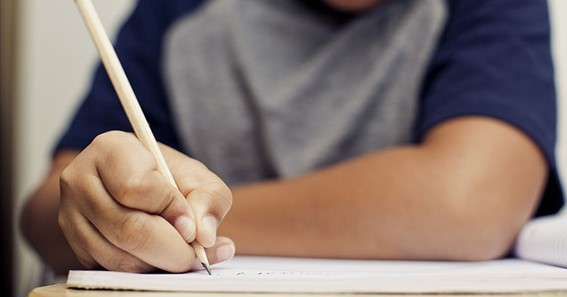Note-taking is a crucial skill, which can lead students towards academic success. Teachers not only help students understand how to sell online courses or educate us in the classroom, but also empower us with related academic skills. One such skill is note-taking. Let’s have a look at various strategies that can be used by teachers to aid their students in developing this critical skill.
1.Explain the significance.
Students are curious as to why they must take notes in the first place. What is the advantage to them now and for the future? The present aspect is straightforward. Note taking will also help kids excel in their classes, in addition to the research-backed benefits outlined above. It’s simpler to study when you have notes than when you don’t. It’s easier to stay organised with class materials that include notes than it is without them.
Things start to get hazy in the future. This is also why you may begin to distinguish yourself. Tell the students that soft skills are in high demand by most employers. Make them do some research on the most demanding soft skills. Then ask them to find links between the advantages of taking notes and those abilities. You may also show this note-taking illustration to students or even have them make their version based on their investigation into the advantages of taking notes.
- Promote the use of colour.
Color has been shown to help with memory in studies. To help pupils remember information, urge them to colour code their notes. Colorful pens, highlighters, and even coloured paper may make an otherwise dull work more interesting. For example, cramping on steps mentioned about how to sell courses online would be tough if it is mentioned in a boring and dull manner. However, if it is visually appealing and colourful you would be intrinsically motivated to learn it oneself.
Click here – What is Product Management?
- Please provide constructive comments.
Make careful to provide feedback to pupils when you initially ask them to take notes. Although a grade isn’t strictly necessary, feedback is advantageous because it allows students to determine if they are on the right track and where they need improvement. We encourage students to see notes as important documents that ought to be read and discussed with their teachers. Perhaps one of the most common problems with note-taking is not understanding what to note down, giving students feedback will help them determine if they are scribbling too much content or too little information.
The bestest method to start with is “freestyle notes” . We call them free-style notes as students just scribble down whatever information they think is essential while they listen to the teacher, without caring about where it goes or what it pertains to. This method is beneficial for kids who struggle to listen while still attempting to understand and organise information. It’s critical, though, to take free-style notes a level further by educating them how to analyze and restructure their notes.
- Webs:
It’s possible that kids aren’t ready for the detail and intricacy of sketch note taking. Instead, it is beneficial to demonstrate pupils how to create simple clustered online visual images. This form of note-taking is possible to conduct on the fly. Students put the theme in the middle of the mind map, and then subtopics branch out from there. As needed, students provide more particular details surrounding the headers and subtopics. Students can use mind maps to find inter-connections between similar ideas.
- Sketching:
Is a type of note-taking that incorporates text, design, colour, and images. It has significant cognitive benefits, yet it falls well within the field of creativity. It would appeal to many children who love colouring, painting, and thinking out of the box. It’s worth at least presenting to students for its growing popularity. Sketching is most beneficial when students possess a thorough understanding of the content; hence, requesting them to draw sketch notes during the lecture may be ineffective.
- Allow pupils to make their own decisions:
Allow students to choose the approach they consider most convenient and helpful after showing, modelling, and giving feedback over a span of time at the start of the year. Allowing students to make their own decisions is a sort of differentiation that provides them a say in their own education.
7.Make recommendations:
Certainly, we want students to be independent note takers, but it’s in the intermediate classroom that they’ll hone their talents. Be careful to provide students clues about what material they ought to note down while you’re teaching. Explain why they must have recognised the importance of the information. Perhaps it was because you suggested a test or that it constituted the foundation for a more complicated concept. Students will benefit from guidance.
Click here – What Is a Server book? A Server book Definition



